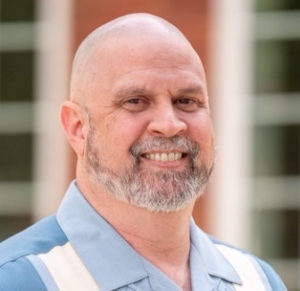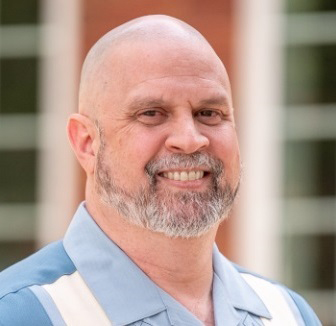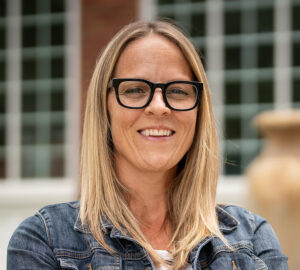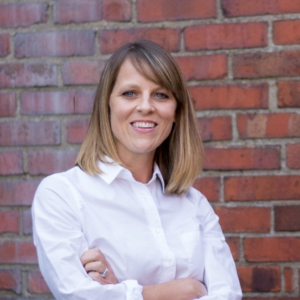New Brunswick High School Groundbreaking Ceremony
Despite the wet and chilly weather, the Brunswick community turned out to celebrate the groundbreaking ceremony for Brunswick High School’s new construction project on May 3, 2025. Under the welcoming cover of tents and beside the prepared site, the Brunswick City School District hosted a lively event with musical performances by the middle and high school choir and the high school marching band to mark the significant milestone in the project’s progress.
With construction work set to begin within a few days afterward, brief speeches were given by Superintendent Jason Neidermyer, Mayor Ron Falconi, High School Principal Keith Merrill, and School Board President Mary Weinhauer. Representing Hammond Construction, Derrick Semilia informed the attendees that the project was on schedule for the students to occupy the new campus in August 2027.
The skies may have looked gloomy, but the atmosphere was optimistic and cheerful. 11th grader Emily and 8th grader Vish remarked on how consequential the new educational facility will be, enhancing the learning environment of future students.
New Brunswick High School Groundbreaking Ceremony
The Brunswick community passed a bond issue in early 2023 and also secured co-funding for $42.6 million from the Ohio Facilities Construction Commission (OFCC). The school district expressed profound appreciation to the people of Brunswick for their continued support in making the new high school project possible.
New Brunswick High School Groundbreaking Ceremony
The new construction project camera is now streaming on YouTube.

Marc Cebrian
Communications
Get our newsletter with insights, events and tips.
Recent Posts:
New Brunswick High School Groundbreaking Ceremony
Highlighting Excellence in School Communication




